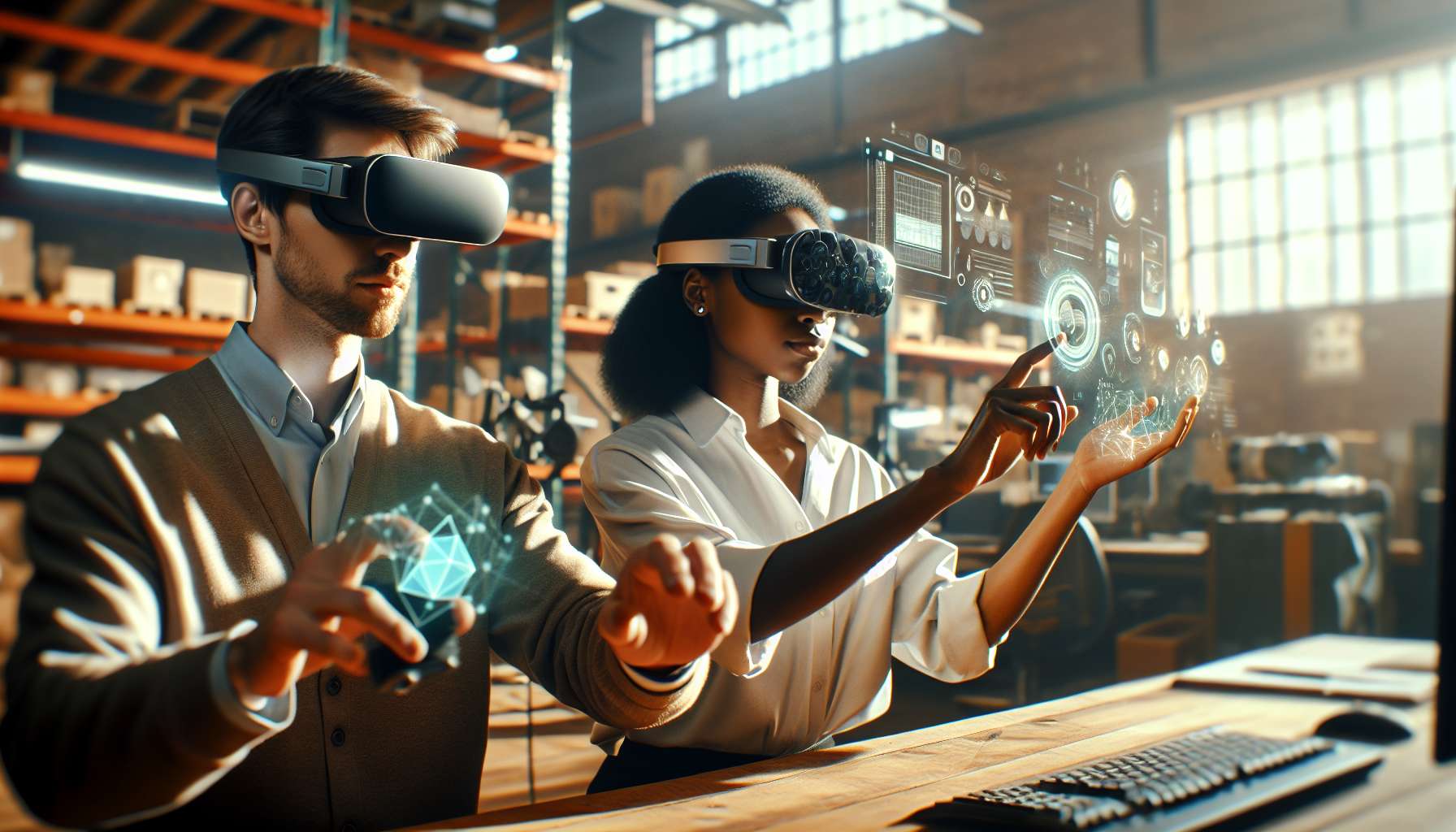Unlocking the Potential of Augmented Reality in Industrial Remote Assistance
As technology continues to advance at an unprecedented pace, industries across the globe are embracing innovative solutions to enhance their operations. One such groundbreaking technology that is revolutionizing the industrial landscape is Augmented Reality (AR). By seamlessly blending the virtual and physical worlds, AR is empowering businesses with remote assistance capabilities, transforming the way industrial operations are conducted.
What is AR in Industrial Remote Assistance?
AR in industrial remote assistance refers to the use of augmented reality technology to provide real-time guidance and support to workers in remote locations. By leveraging AR-enabled devices such as smart glasses or mobile devices, technicians can receive expert guidance from remote specialists, eliminating the need for physical presence and reducing downtime.
The Benefits of AR in Industrial Remote Assistance
The adoption of AR in industrial remote assistance offers numerous benefits that significantly impact operational efficiency and productivity. Let’s explore some of the key advantages:
- Reduced Downtime: With AR, technicians can access real-time guidance from experts, enabling them to quickly diagnose and resolve issues. This minimizes downtime and ensures that operations continue smoothly.
- Enhanced Training: AR-based remote assistance allows for immersive training experiences, enabling new technicians to learn from experienced professionals without being physically present. This accelerates the learning curve and ensures consistent knowledge transfer.
- Improved Safety: By providing remote assistance, AR eliminates the need for technicians to work in hazardous environments. Experts can guide them through complex tasks, ensuring their safety and reducing the risk of accidents.
- Cost Savings: Traditional on-site assistance can be costly due to travel expenses and time-consuming logistics. AR in remote assistance eliminates these expenses, making it a cost-effective solution for businesses.
Real-World Use Cases
The potential applications of AR in industrial remote assistance are vast and diverse. Here are a few real-world examples:
- Manufacturing: AR can guide assembly line workers through complex processes, reducing errors and improving efficiency.
- Maintenance and Repair: Technicians can receive step-by-step instructions overlaid on their field of view, enabling them to perform repairs accurately and efficiently.
- Field Service: AR allows field service technicians to access equipment manuals, troubleshooting guides, and remote expert assistance, ensuring prompt and effective service.
The Future of AR in Industrial Remote Assistance
The potential of AR in industrial remote assistance is only beginning to be realized. As technology continues to advance, we can expect even more exciting developments in this field. Here are a few future possibilities:
- Integration with Artificial Intelligence: By combining AR with AI, remote assistance can become even more intelligent and proactive, offering predictive maintenance and real-time data analysis.
- Remote Collaboration: AR can enable multiple experts to collaborate remotely, providing a seamless and immersive experience for problem-solving and decision-making.
- Wearable AR Devices: As AR devices become more compact and wearable, technicians can have hands-free access to information, further enhancing their productivity.
As businesses continue to explore the potential of AR in industrial remote assistance, it is clear that this technology has the power to transform operations, improve efficiency, and drive business growth. By embracing this remote revolution, industries can unlock new opportunities and stay ahead in an increasingly competitive landscape.





